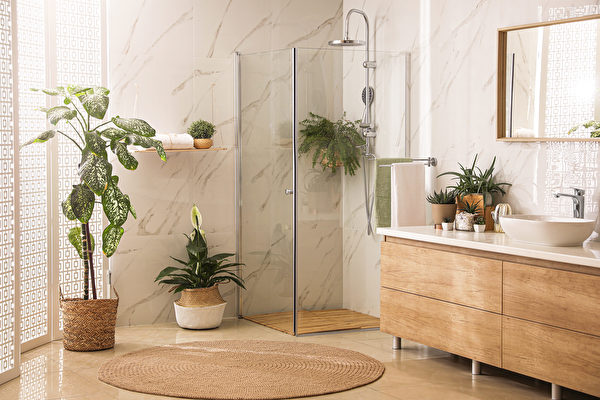In the era of environmental concerns, indoor plants have become more than just interior decorations. Apart from beautifying the surroundings and uplifting one’s mood, indoor plants, when chosen wisely, can also effectively purify the air by filtering out harmful substances. The benefits of having indoor plants in homes are numerous, making it a worthwhile investment in creating a healthier living environment for residents.
Which indoor plants possess such air-purifying capabilities? According to Zach Morgan, a gardening expert from the UK gardening company “Fantastic Gardeners,” household items like paint, air fresheners, and even cleaning products can emit harmful chemical substances. Fortunately, planting indoor plants can help address this issue by naturally cleansing the air.
Certain indoor plants play a crucial role in filtering toxins from the air, thereby enhancing the quality of the air we breathe and improving overall health. Morgan has highlighted seven such indoor plants known for their air purification properties.
One of the easily accessible and low-maintenance plants recommended by Morgan is the Spider Plant. Ideal for those who struggle to keep indoor plants alive, the Spider Plant excels in absorbing formaldehyde, carbon monoxide, xylene, and nitrogen dioxide from the air. It thrives in bright, indirect sunlight and requires watering only a few times a week.
Snake Plant, a type of succulent, is another easy-to-care-for plant with air-purifying qualities. Apart from removing toxins from the air, it releases oxygen, as supported by research from Harvard University. This indoor plant’s oxygen-releasing properties contribute to better respiratory health and quality sleep.
Peace Lily is known for reducing indoor dust levels and eliminating irritants that may cause discomfort to the eyes, nose, and mouth. Regular misting and moist soil are essential for Peace Lily’s growth, along with exposure to sunlight in the mornings. It is important to keep this plant away from pets as it can be toxic to them.
Ivy is a versatile plant, suggested by Morgan for individuals who frequently engage in activities that involve exposure to chemicals, such as hair dyeing. Ivy is believed to lower the levels of certain chemicals present in hair products. When grown in bathrooms, Ivy aids in mold removal. However, caution must be exercised as it is toxic to pets.
Chrysanthemum is renowned for its strong air-purifying abilities, particularly when its flowers are in full bloom (approximately six weeks). It effectively removes common toxins from the air but, similar to other plants mentioned, poses a threat to pets if ingested.
Aloe Vera, known for its skincare benefits, also doubles as an air purifier. Planting Aloe Vera in the kitchen can assist in eliminating toxins from cleaning and disinfectant products, enhancing the overall air quality in the household.
In a study conducted by NASA in 1989 to understand the most effective indoor plants for air purification, the Weeping Fig plant ranked among the top performers. Besides its air cleansing capabilities, this plant requires consistent moisture in the soil and indirect exposure to sunlight for optimal growth.
NASA’s research findings have shed light on the harmful effects of chemicals like benzene, ammonia, formaldehyde, trichloroethylene, and xylene present in the air, which can lead to various health issues such as headaches, dizziness, and eye irritation.
NASA’s list of 18 plants capable of filtering out these harmful chemicals specifically highlights Peace Lily and Gerbera Daisy for their exceptional air purification abilities. These plants have been proven effective in removing the mentioned five chemical substances, making them valuable additions to any indoor space.

